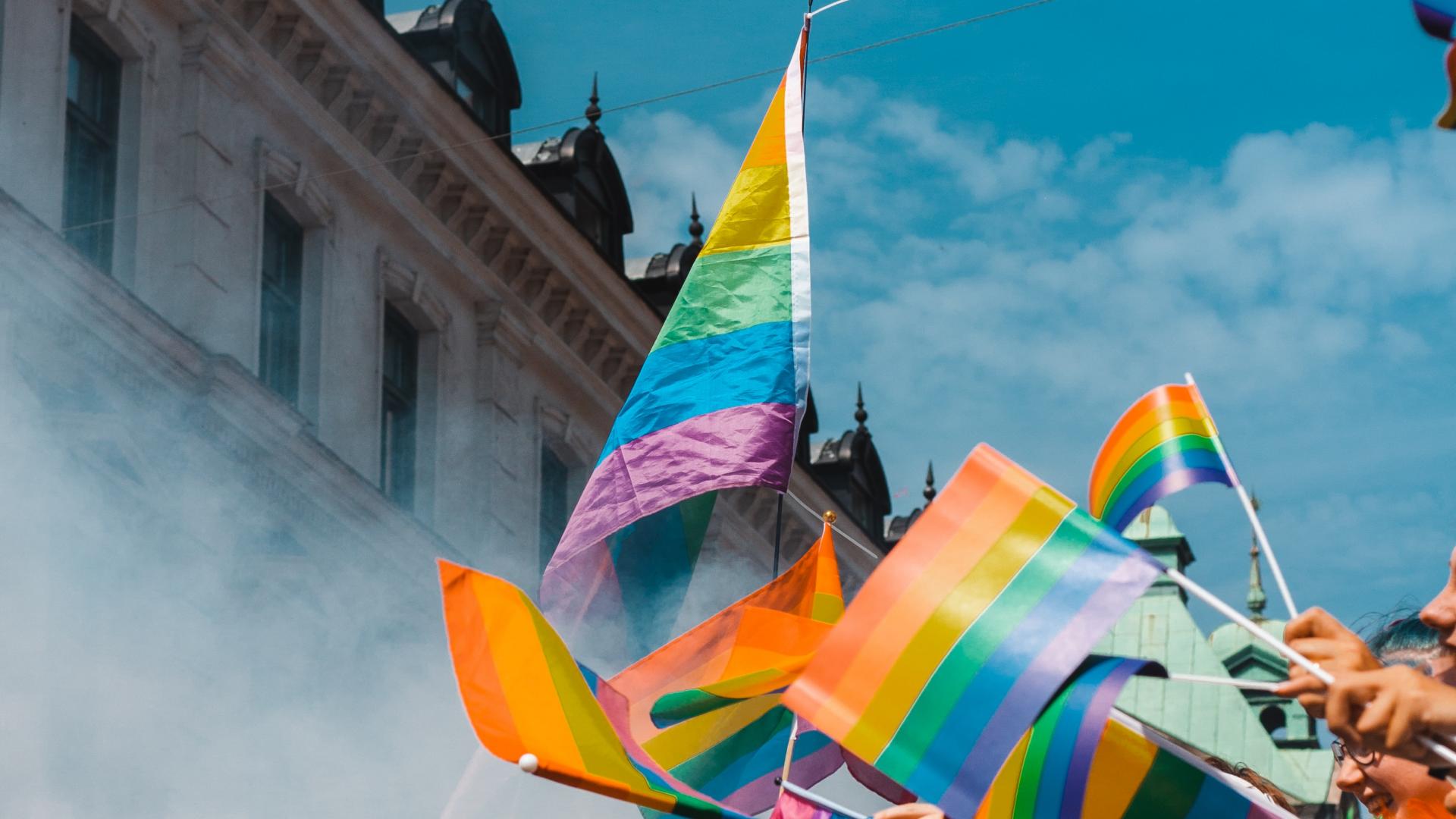As of the 1st of July, Pride month officially came to an end, and temporarily rainbowed-up brand logos and promotions returned to their usual colours and styles en masse. With the increasing prominence of such gestures from commercial brands and organisations in the UK, Europe and America particularly, it is worth asking - what is Pride actually about?
According to one source, “Pride month is about acceptance, equality, celebrating the work of LGBTQ+ people, education in LGBTQ+ history and raising awareness of issues affecting the LGBTQ+ community. It also calls for people to remember how damaging homophobia was and still can be. Pride is all about being proud of who you are no matter who you love.”[1]
Pride – both as a ‘month’ and an act – means different things to people in the LGBTQ+ community. Whilst the acknowledgement of Pride through gestures from different organisations such as changing logo colours, running special Pride promotions and posting widely on social media might be seen by some as a positive step forward for inclusion and diversity, many feel that we have still some way to go on achieving true acceptance, equality and celebration for LGBTQ+ people in the UK and beyond.
Speaking anecdotally from experience working with a queer youth art collective, one of the authors of this blog has noticed a sentiment amongst some queer young people (aged 18 - 26) that as Pride becomes more ‘mainstream’, its meaning and radicalness becomes diluted, and in some cases, is lost completely. What does it mean for the Home Office to include a rainbow in its Twitter logo and wish everyone a ‘happy Pride Month’ whilst also denying 78% of asylum claims related to sexual orientation and threatening to deport members of the LGBTQ+ community to places where their sexuality is illegal, and their lives are in danger?[2]
It is worth noting that London Trans+ Pride posted a statement on Facebook “reassuring supporters that their pride would “never be sponsored” and declared “London Trans+ Pride will always be a protest”[4] This statement may reflect an increasing distrust of commercial involvement and uptake in Pride events and narratives, with many questioning brand’s motives for their involvement, and how much they are actually doing to help the causes of LGBTQ+ people. The statement that Trans+ Pride “will always be a protest” seems to be a nod to the Stonewall Riots of 1969 in New York City, which are widely credited as being the first ‘Pride’ event, and the reason that Pride Month happens in June:
“Fed up with being harassed and targeted, LGBTQ patrons of the Stonewall Inn, who were predominantly people of color, fought back against the police. It resulted in four nights of rioting.”[5]
It is worth revisiting our guest blog from Peter Gilheany (Director at Forster Communications) ‘A tiger by the tail – charities and building movements’ which explored the difficulties that charities may have in harnessing the energy of movements. Although the blog primarily looks at Extinction Rebellion as a movement, there are some parallels that can be drawn with London Trans+ Pride and other LGBTQ+ movements. These include the idea that “movements stand apart because the power, influence and agency lie with the members”, and “If you give people a platform and voice and empower them to take action, you shouldn’t be surprised if the action they take isn’t quite what you intended.”[6]
So what does this all mean for charities who might have or want to increase the number of LGBT+ people they have as patrons, beneficiaries and/or supporters?
Authenticity behind your engagement with LGBTQ+ people and their issues is key. Be honest with yourselves about why you are choosing to engage this audience, and be prepared to defend your position. It is also worth remembering that although Pride month is over, advocacy doesn’t end in June – your LGBTQ+ audience is likely to notice if this is the case.
Any charity who would like to engage authentically with this minority audience (and any minority audience, for that matter) should also just ask and listen to them directly. An effective way to support LGBTQ+ audiences and gain an understanding of their very complex and multi-layered concerns is through getting our cue directly from them. nfpSynergy is committed to doing research with under-represented audiences such as LGBTQ+ community, minority ethnic groups, people with disabilities and many more.
Chris Allen, Head of Healthcare at Heart UK, gives some useful tips to charity brands who are willing to start from somewhere on creating equality, diversity and inclusion roadmaps, particularly around LGBTQ+ people and issues. In a nutshell, Chris recommends charities reach out to their LGBTQ+ staff first and foremost for their views, but in a very cautious and sensitive manner and without putting people on the spot (“This could be through your company inclusion and diversity rep or by speaking to an established LGBTQ+ group within your workplace” [7]). Secondly, approach the minority group in question early in the process and include them in any decision-making processes.
[1]‘ Pride month: What is it and why do people celebrate it?’ BBC Newsround (2021) - https://www.bbc.co.uk/newsround/52872693
[2]‘The Home Office has no place at Black Pride – we must resist attempts to pinkwash black LGBT+ spaces’ The Independent (2019) - https://www.independent.co.uk/voices/black-pride-home-office-stall-pink…
[3] London Trans+ Pride Instagram Post, April 13 2021 - https://www.instagram.com/p/CNnOAWSlGnT/
[4] ‘London Trans+ Pride will be going ahead this year’ Gay Times - https://www.gaytimes.co.uk/culture/london-trans-pride-2021-will-be-goin…
[5] ‘How LGBTQ Pride Month became a branded holiday’ Vox - https://www.vox.com/2018/6/25/17476850/pride-month-lgbtq-corporate-expl…
[6] ‘A tiger by the tail – charities and building movements’ nfpSynergy blog by Peter Gilheany - https://nfpsynergy.net/blog/extinction-rebellion-and-charity-campaign-b…
[7] ‘Let’s get Brands talking about queer issues’ The Brand Blog - https://www.thebrandblog.co.uk/lets-get-brands-talking-about-queer-issu…

